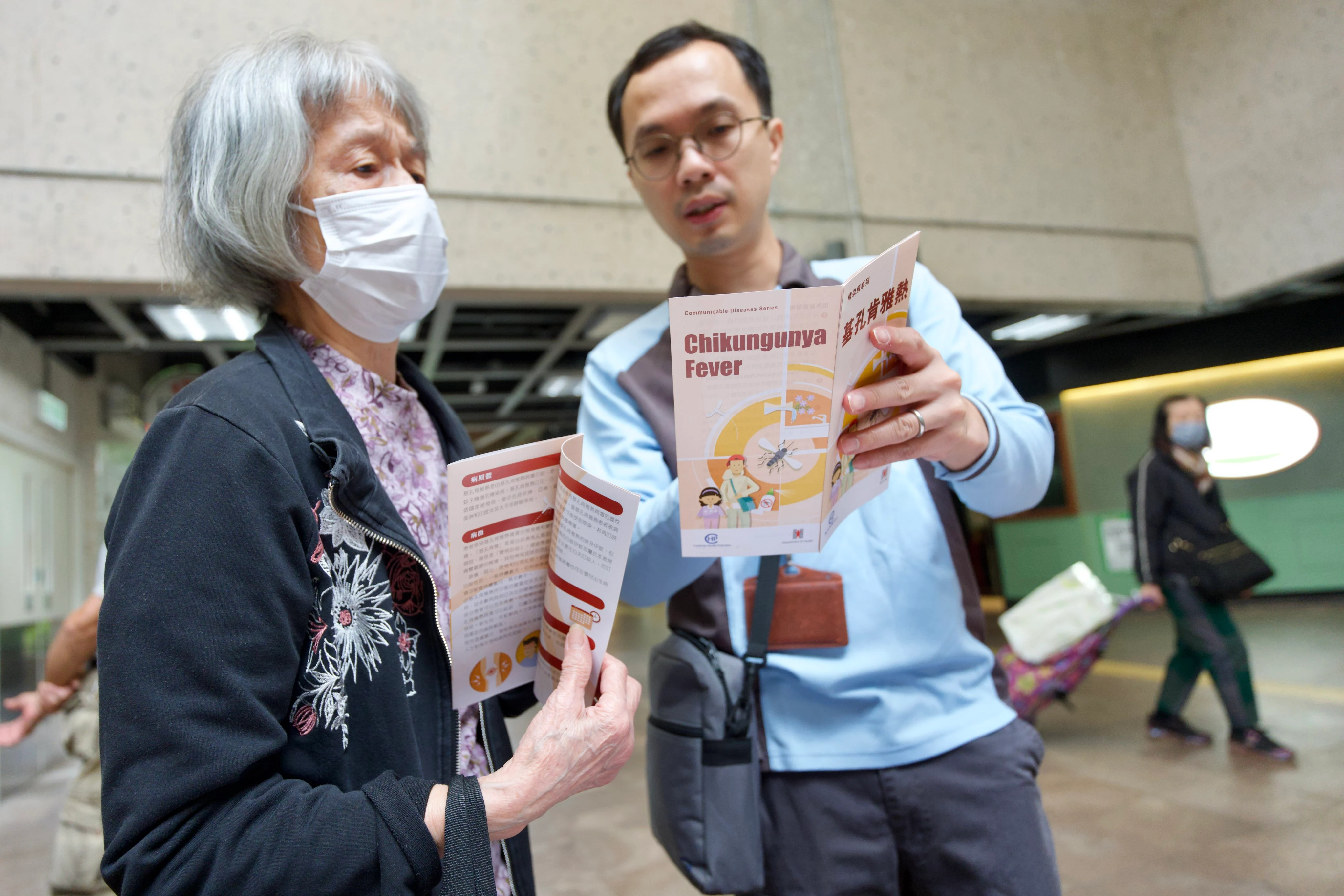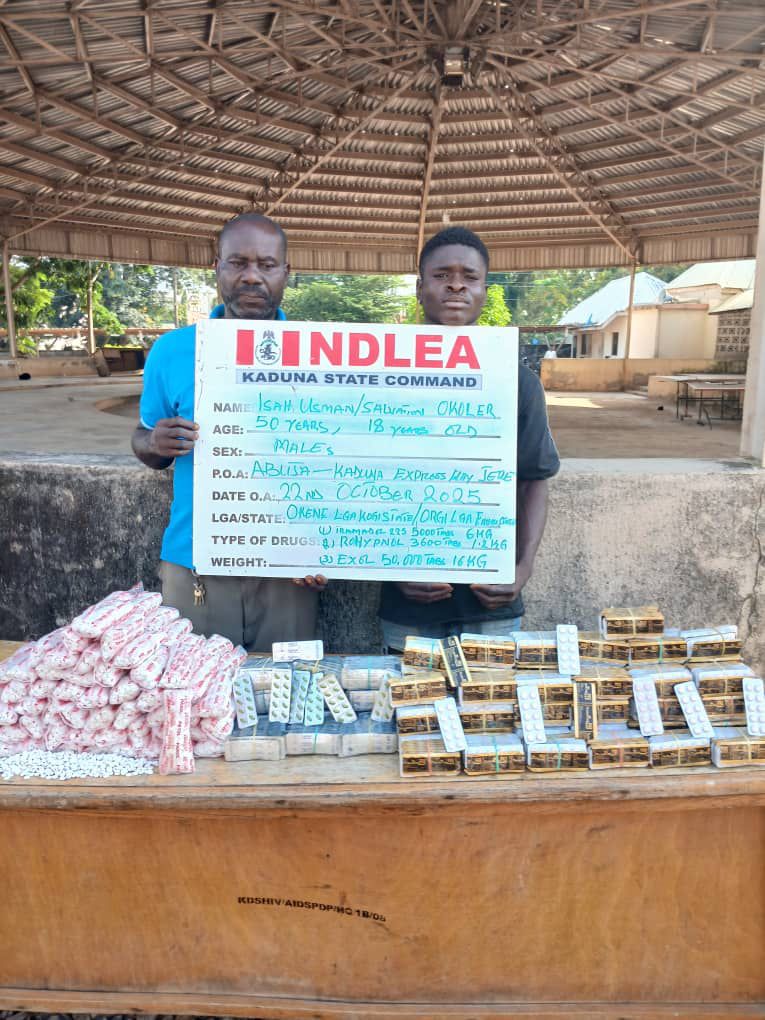Copyright scmp

Hong Kong is on high alert after the city logged its first locally acquired chikungunya infection on Sunday. An 82-year-old woman living in Fung Tak Estate in Diamond Hill, Wong Tai Sin district, tested positive for the virus despite having no recent travel history. City-wide anti-mosquito operations are now under way to prevent the spread of the chikungunya virus and health officers are reaching out to people living within a 200-metre radius of the patient’s home – considered the high-risk area – urging them to seek treatment if they develop symptoms of the disease. The Post looks into how one could stay protected from the mosquito-borne disease. 1. Why is a locally acquired case more significant than an imported one? Hong Kong reported its first local chikungunya fever cases nearly three months after the first imported case was revealed in early August. Authorities are on high alert as the 82-year-old contracted the virus without leaving the city. The woman had travelled to Guangdong province in mainland China in late August but had not been abroad during the incubation period of the virus, leading health authorities to conclude it was a locally acquired case. Imported cases occur when people contract the virus while visiting an infected region and later fall ill upon returning home. Domestic mosquito vectors can facilitate locally acquired infections and spread the virus once it arrives in the city. Earlier in July, Foshan health authorities reported an imported case of chikungunya fever, which led to an outbreak across Guangdong province. As of late September, a total of 16,452 locally transmitted cases had been reported across 21 cities in Guangdong, according to the World Health Organization. Infectious disease specialist Dr Wilson Lam Wai-shun warned of more infections if mosquito vectors in the city reproduced, and if people returning from Guangdong brought back the Chikungunya virus, it could be spread by mosquitoes in the city. 2. What are the authorities doing to try to contain the spread? The Chikungunya virus is transmitted in a human-mosquito-human cycle. This pattern complicates the containment strategy. Centre for Health Protection controller Dr Edwin Tsui Lok-kin said on Monday that authorities were stepping up contact tracing in Diamond Hill and Wong Tai Sin areas. He called on residents, even those with mild symptoms, to seek medical advice and report to the centre as soon as possible. The Food and Environmental Hygiene Department pest control officer Anita Fok Ming-yan said the department would step up mosquito control operations in Wong Tai Sin and would hold educational seminars on the virus for residents. City-wide anti-mosquito operations are also being planned. Tsui said that while Wong Tai Sin could be of higher risk, it did not mean that other districts were risk-free. 3. How worried should residents be? Health officials believed the 82-year-old woman likely contracted the virus through local transmission, potentially introduced by an undetected overseas traveller. But they stressed that there was currently no evidence of a sustained transmission chain in the city. Tsui said the risk of infection could be reduced if the authorities managed to minimise the mosquito population in Wong Tai Sin. Lam said it would be important to continue mosquito control efforts, as the local infection emerged in a highly populated area with many elderly residents who could develop severe symptoms more easily. But he said people need not worry excessively as mosquitoes would become less active with decreasing temperatures and reduced rainfall expected with the approach of winter. The chikungunya virus can cause high fever, joint pain and skin rashes. Although rarely fatal, the disease can lead to prolonged discomfort and chronic joint issues. Hong Kong has recorded 47 cases of chikungunya fever so far this year, and all but one are imported. One elderly patient died, while the conditions of other patients were said to be mild. Severe symptoms and deaths caused by chikungunya are rare, with a mortality rate of less than one in 1,000, according to Tsui. The elderly, young children, babies, pregnant women, and people with chronic illnesses are considered at higher risk of developing complications and may take longer to recover, according to the centre. 4. What preventive measures should people take? At present, there is no locally registered chikungunya fever vaccine available. The best preventive measure is to avoid getting bitten and controlling the mosquito population, according to the centre. People living in or visiting areas with chikungunya cases should wear loose, light-coloured, long-sleeved tops and trousers to minimise skin exposure to mosquito bites. While outdoors, apply an insect repellent containing DEET to exposed skin and onto clothing, and avoid using fragrant cosmetics or skin care products. To prevent mosquitoes from breeding, empty and clean containers that contain water once a week and dispose of garbage properly. Additional reporting by Emily Hung



